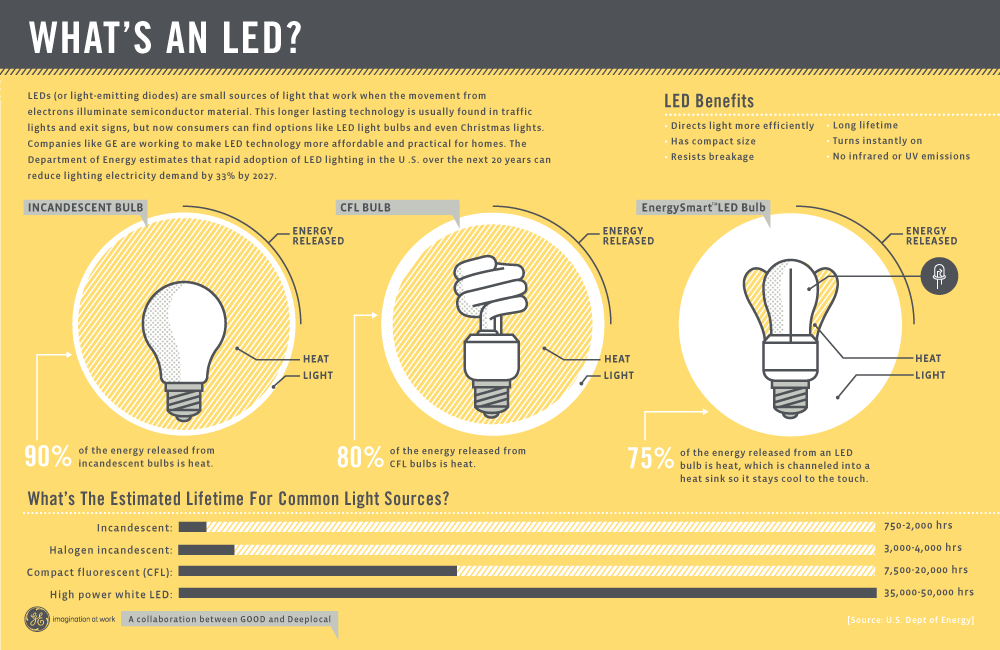

For example, red LEDs use a different material than green LEDs. The color of the light that an LED gives off depends on the material that is used in the semiconductor.

As the electrons flow through the semiconductor, they bump into special impurities called “dopants.” This causes the semiconductor to give off light. When you turn on an LED, electrons start to flow from the negative side to the positive side of the diodes. In LEDs, this material is usually a type of semiconductor. Electroluminescence is when a material gives off light when electricity is passed through it. They’re used in all kinds of things, from traffic lights and street lamps to the screens on your phone and computer.Ī process called electroluminescence makes LEDs work. LEDs are a type of electronic device that can light up when electricity flows through them. So let’s get started and find out how LEDs light up our world! In this article, we’re going to take a closer look at how these tiny wonders work and help you understand the science behind them. Welcome to the wonderful world of LEDs! Have you ever wondered how those tiny lights in your phone, computer, and even your car are able to shine so brightly? It’s all thanks to something called a Light Emitting Diode, or LED for short.


 0 kommentar(er)
0 kommentar(er)
